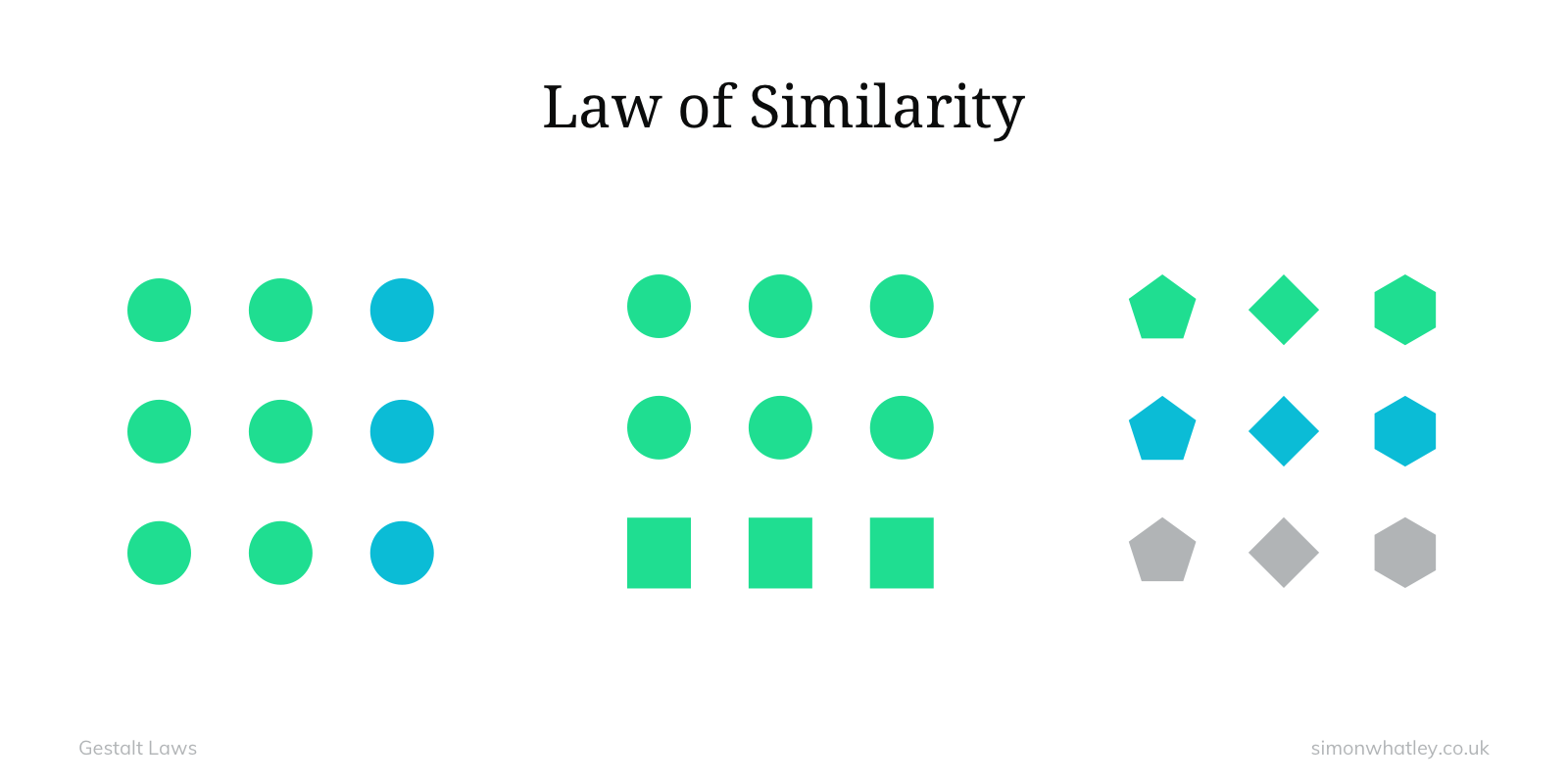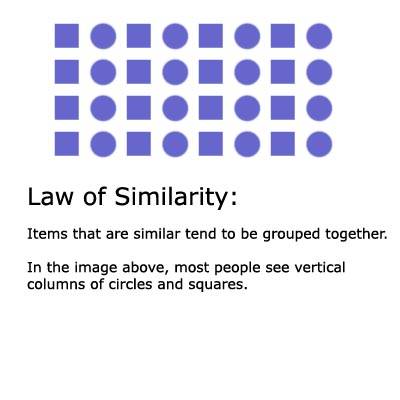


“Gestalt” refers to “shape” or “form” in German the principles – originally developed by Max Wertheimer (1880-1943), an Austro-Hungarian-born psychologist. They also aim to explain how the eyes perceive the shapes as a single, united form rather than the separate simpler elements involved. These principles aim to show how complex scenes can be reduced to more simple shapes. Gestalt principles or laws are rules that describe how the human eye perceives visual elements. Copyright terms and licence: CC BY-SA 3.0 What Are Gestalt Principles?Īuthor/Copyright holder: Impronta. You can take advantage of these laws to design more thoughtfully and effectively, knowing exactly how your work can impact your users. When we fully understand Gestalt design principles, we can utilize them to create more interesting and engaging visual experiences for website and app users. This global whole is a separate entity that is not necessarily formed by the sum of its parts. The central principle to the Gestalt theory was neatly summarized by the Gestalt psychologist Kurt Koffka: "The whole is other than the sum of the parts." The human eye and brain perceive a unified shape in a different way to the way they perceive the individual parts of those shapes. Let’s have a close look at its principles so that we can see how much information this little word encompasses! Gestalt is a German word that carries much importance, especially for us as designers.


 0 kommentar(er)
0 kommentar(er)
